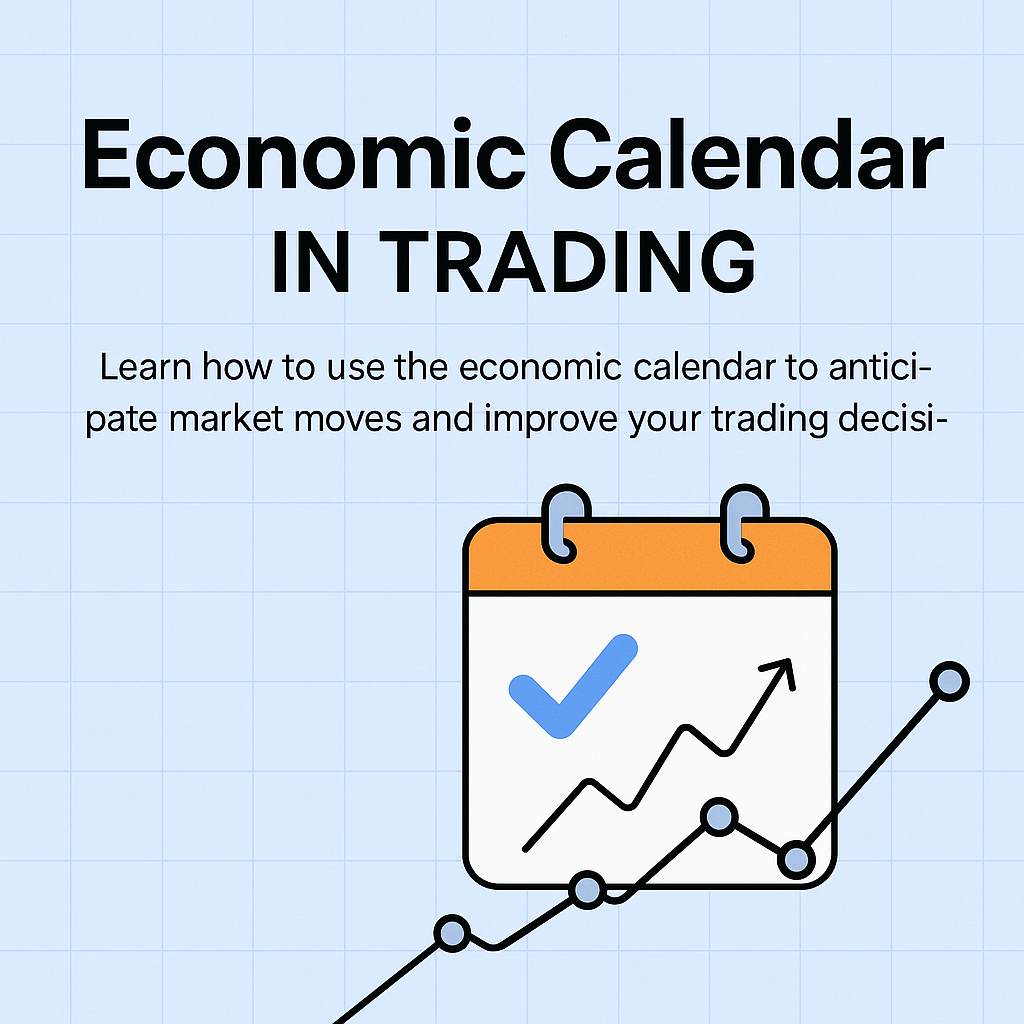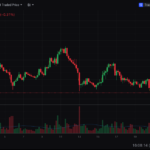Whether you’re a beginner trader or already managing multiple positions, one tool remains essential: the economic calendar. Used by professionals across forex, stocks, crypto, and commodities, this calendar provides a roadmap for upcoming economic events that can move the markets.
Let’s break down how to read it, what to focus on, and how to turn calendar insights into real trades.
🔍 What Is an Economic Calendar?
An economic calendar lists scheduled news releases and economic reports—such as interest rate decisions, inflation data (like CPI), employment numbers (like NFP), and GDP updates.
These events are released at known times and often cause sharp market volatility, making them both a risk and an opportunity.
🧠 Why It Matters
Traders use economic calendars to:
- Avoid risky periods when volatility is too high
- Time entries and exits around key announcements
- Trade the news based on expectations vs actual outcomes
For example, if the U.S. Fed is expected to raise interest rates and surprises by holding rates steady, USD-related assets can react strongly.
📌 Most Impactful Events to Watch
- Federal Reserve (FOMC) Decisions – Affects interest rates, bond yields, and USD pairs
- Non-Farm Payrolls (NFP) – Key U.S. job report, impacts stock indices and forex
- Consumer Price Index (CPI) – Measures inflation, crucial for rate expectations
- GDP Reports – Broad health check of an economy
- Central Bank Speeches – Often hint at future monetary policy
⚙️ How to Read It
An economic calendar typically includes:
| Column | Meaning |
|---|---|
| Date/Time | When the event will happen |
| Event | Type of report |
| Country | Whose economy it affects |
| Impact Level | Low, medium, or high importance |
| Forecast | What analysts expect |
| Previous | The last result |
| Actual | Released number (once available) |
The difference between forecast and actual often triggers price moves.
🧪 Example Trade Setup: CPI Release
Let’s say U.S. CPI is scheduled for release at 8:30 AM EST.
- Forecast: 3.2%
- Previous: 3.1%
- If Actual = 3.6%, it signals inflation is rising faster than expected → USD strengthens → stocks may fall → traders short NASDAQ or buy USD/JPY.
📉 Strategy: Use a breakout strategy on SPY or USD pairs with tight stop-loss right after release.
✅ Best Sources for Economic Calendars
These platforms allow filtering by country, importance, and time zone.
💡 Pro Tips
- Use alerts to get notified before key releases.
- Combine with technical levels—support/resistance zones often get tested during news spikes.
- Avoid trading just before high-impact events unless you’re experienced.
- Use demo accounts to practice trading the news risk-free.
🧭 Final Thoughts
Mastering the economic calendar won’t turn you into a pro overnight, but it will give you an edge. Understanding when and why markets move allows you to trade smarter—not harder.
Whether you’re holding long-term positions or scalping the open, staying aware of key economic events is no longer optional—it’s a necessity.







